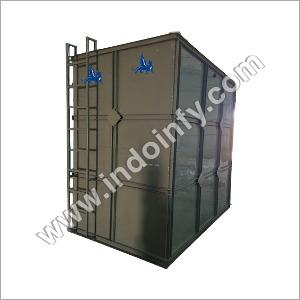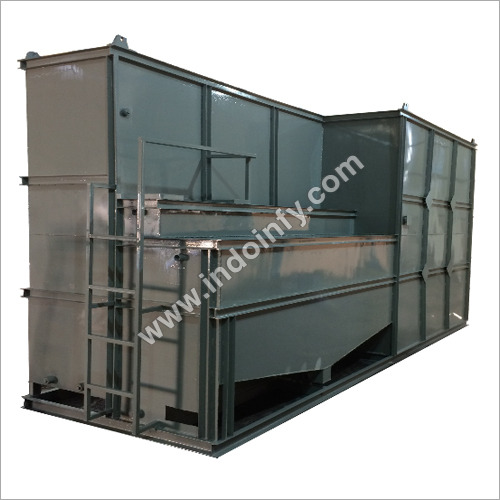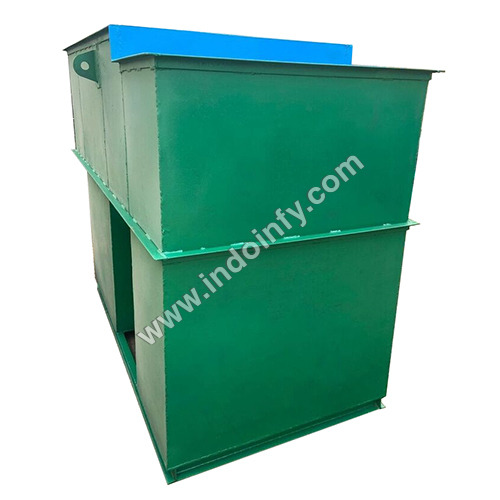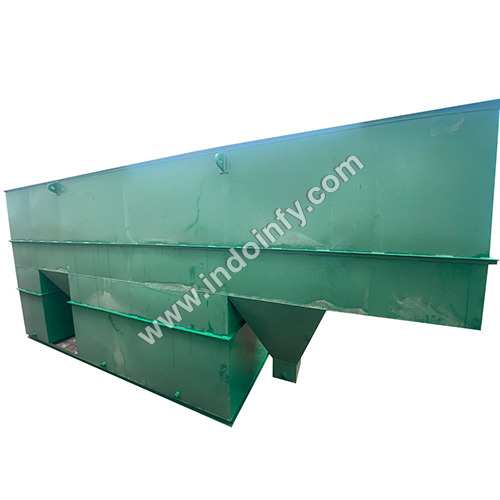
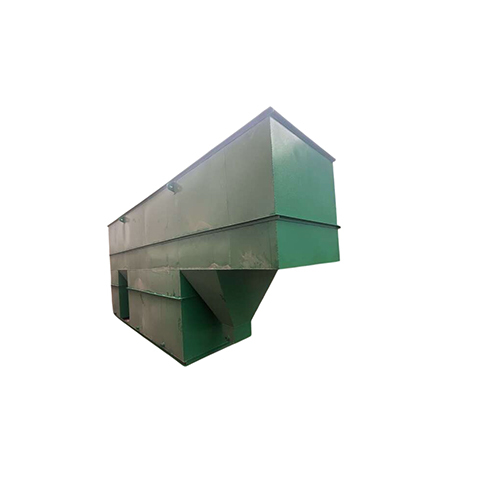
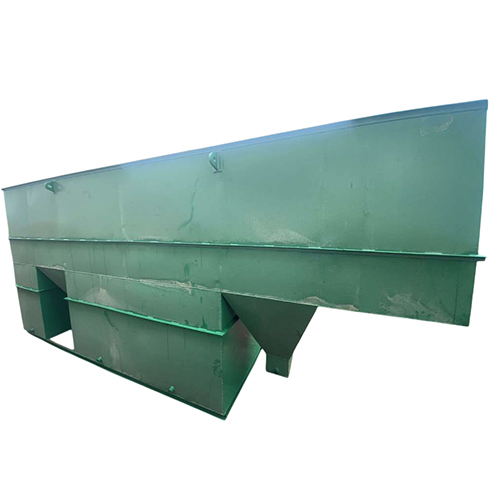
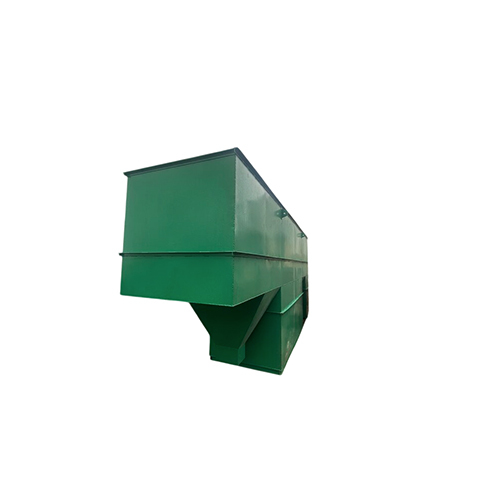
STP Tanks
150000 आईएनआर/Unit
उत्पाद विवरण:
- क्षमता किलोलीटर/दिन
- मटेरियल Mild Steel
- एप्लीकेशन Industrial
- प्रॉडक्ट टाइप
- टेक्नोलॉजी Mixed Bed Bio Reactor
- पावर सोर्स Electric
- वारंटी Yes
- Click to view more
X
मूल्य और मात्रा
- 1
उत्पाद की विशेषताएं
- किलोलीटर/दिन
- Yes
- Mixed Bed Bio Reactor
- Mild Steel
- Industrial
- Electric
व्यापार सूचना
- , , , ,
उत्पाद विवरण
An STP (Sewage Treatment Plant) tank is a crucial part of a sewage treatment system, used to treat and purify wastewater before it is released back into the environment or reused. The tanks are designed to filter out contaminants like solids, oils, and harmful microorganisms from sewage water. Heres a general overview of how an STP tank works: Primary Treatment: In this stage, large solids, oils, and grease are separated from the sewage through physical processes like settling and flotation.Secondary Treatment: The remaining water undergoes biological treatment, where microorganisms break down organic matter in the wastewater.Tertiary Treatment: This final stage further purifies the water, usually by removing any remaining nutrients, chemicals, or pathogens. It may include processes like filtration, chemical dosing, or disinfection.There are different types of STP systems (e.g., activated sludge, moving bed biofilm reactors, or MBR) depending on the treatment process and the level of purification needed.The treated water from the STP tank is typically safe to release into natural water bodies or can even be reused for non-potable purposes like irrigation or industrial cooling, depending on the systems design.FAQs of STP Tanks:
Q: What material is the STP Tank made of?
A: The STP Tank is made of mild steel.Q: What is the capacity of the STP Tank?
A: The STP Tank has a capacity of 500 KLD (Kiloliters per day).Q: What is the power source for the STP Tank?
A: The STP Tank operates using an electric power source.Q: What technology is used in the STP Tank?
A: The STP Tank utilizes Mixed Bed Bio Reactor technology.Q: Is there a warranty available for the STP Tank?
A: Yes, the STP Tank comes with a warranty.Tell us about your requirement

Price: Â
Quantity
Select Unit
- 50
- 100
- 200
- 250
- 500
- 1000+
Additional detail
मोबाइल number
Email






